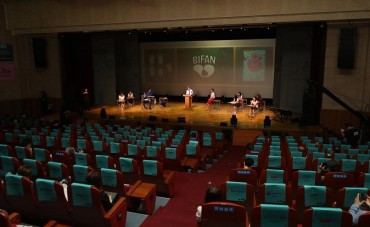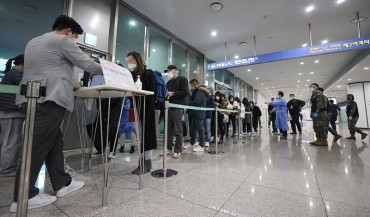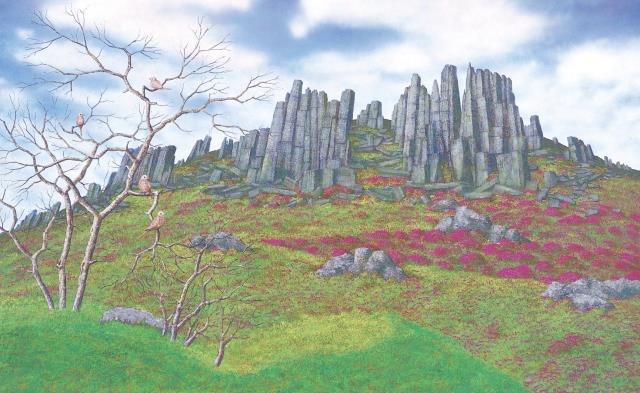
Lee Kang-ha’s “Spring of Mt. Mudeung” is shown in this image provided by the Gwangju Pavilion (Yonhap)
SEOUL, Sept. 6 (Korea Bizwire) – The 15th Gwangju Biennale is scheduled to launch this weekend in the southwestern city of Gwangju, featuring the highest number of pavilions in the event’s history.
This year marks the 30th anniversary of the biennale, which debuted in 1995 as Asia’s first art biennale. The 15th edition features works by 72 artists from 30 countries, exploring the theme “Pansori — A Soundscape of the 21st Century” through diverse contemporary artistic approaches.
“Pansori” is a genre of traditional Korean musical storytelling performed by a vocalist and a drummer.
The Gwangju Biennale has broadened its scope beyond national pavilions to include independent institutions, curators and cities. This year’s edition features an unprecedented 31 pavilions — more than triple the previous number of nine and will be open to visitors starting Saturday.
The Gwangju Pavilion, hosted at the Gwangju Museum of Art, will explore the democratic spirit of Gwangju and the historical significance of the 1980 pro-democracy uprising in Gwangju. More than 200 people were killed and 1,800 others wounded after a harsh quelling by the then military-backed government.
At the Canada Pavilion, located at Yangnim Art Center, visitors can experience collaborative works that document the relationships between Gwangju-based artists and Canadian Inuit artists, using “home” as a central motif. This collaboration delves into shared art making and deep discussions on topics like the Gwangju Uprising’s role in shaping Korean democracy and the complex relationship between the Canadian government and the Inuit people.
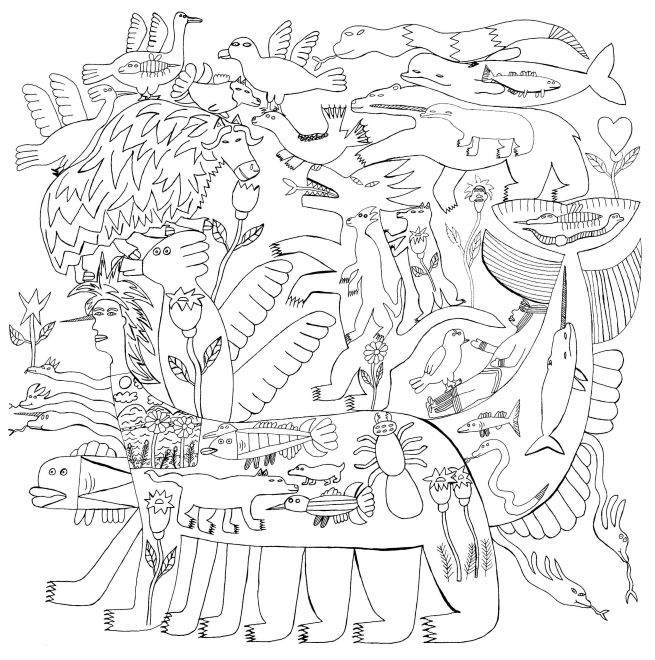
Pitseolak Qimirpik’s “Untitled (Home and Other Places)” is shown in this image provided by the Gwangju Biennale on Sept. 6, 2024.(Yonhap)
For the first time, the America Pavilion will be featured at the biennale, presenting “Rhythmic Waves,” a theme that explores the significance of Asian art museums in the United States today.
The Japan Pavilion features works by Akiko Utsumi and Terue Yamauchi, which listen to the myriad voices and silences historically embedded in Gwangju. The pavilion also seeks to create a connection to current global phenomena, highlighting how small voices continue to be drowned out by the ongoing cycle of violence around the world.
The main exhibition, curated by renowned French art theorist and curator Nicolas Bourriaud, is divided into three interconnected subsections inspired by the traditions of pansori.
This Korean musical storytelling form serves as a framework to explore the relationship between sound and space, with a particular focus on human living environments. The exhibition also addresses pressing contemporary issues, such as environmental sustainability and climate change.
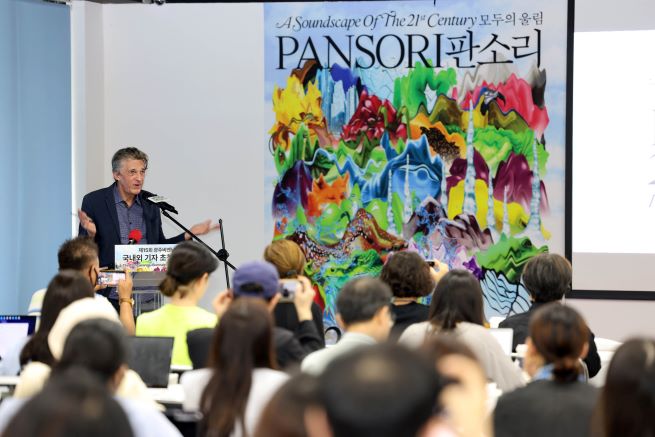
Gwangju Biennale Art Director Nicolas Bourriaud speaks during a press event in Gwangju, some 290 kilometers southwest of Seoul, on Sept. 6, 2024. (Yonhap)
Featured artists include South African Bianca Bondi, renowned for her nature- and environment-focused work, and American Max Hooper Schneider, celebrated for his sculptural installations and immersive environments.
As part of the related programs, “GB Talk” will be held five times throughout the exhibition, offering in-depth discussions and appreciation of the works showcased at the biennale.
The opening ceremony is scheduled for 6 p.m. Friday, and the biennale runs until Dec. 1.
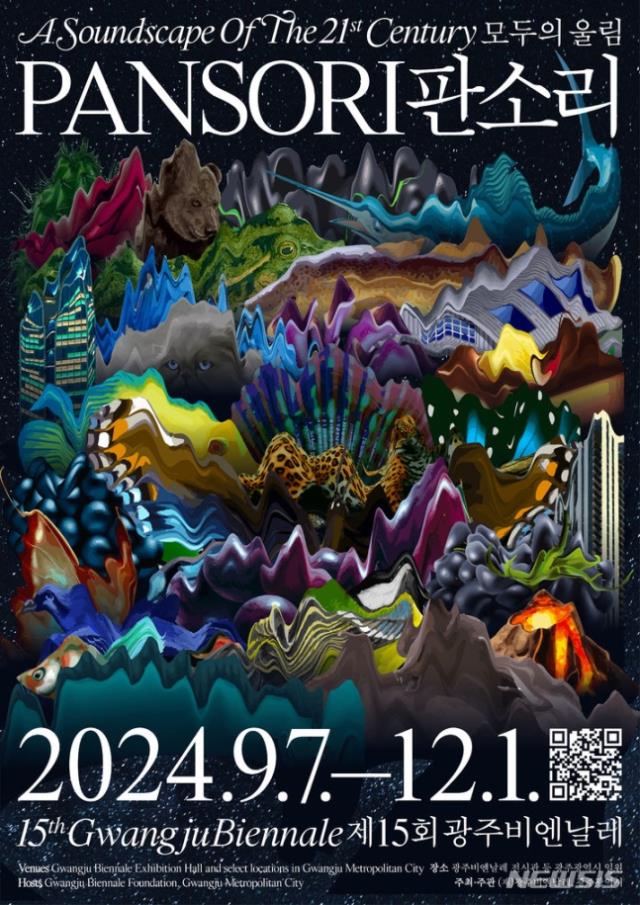
A poster of the 15th Gwangju Biennale is shown in this image provided by the biennale’s organizer on Sept. 6, 2024. (Yonhap)
(Yonhap)



![[Kobiz Feature] “Avengers 2” Shooting in Seoul Arouses Mixed Reactions [Kobiz Feature] “Avengers 2” Shooting in Seoul Arouses Mixed Reactions](http://koreabizwire.com/wp/wp-content/uploads/2014/04/6976087418_59719341f5_c-370x296.jpg)
